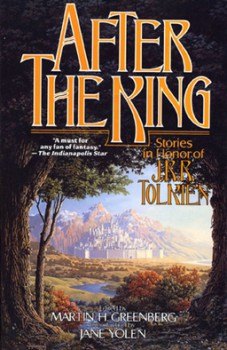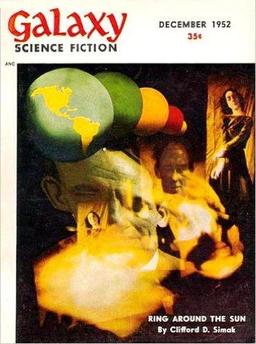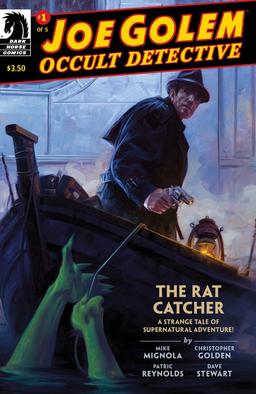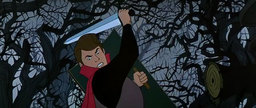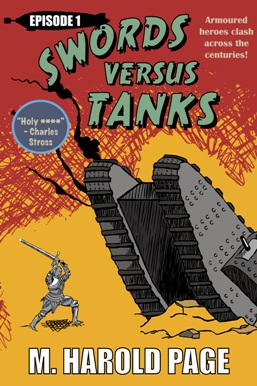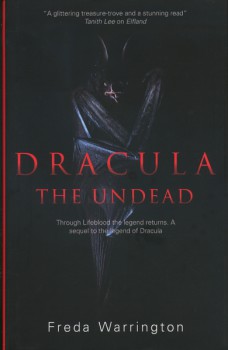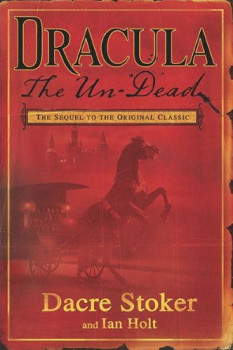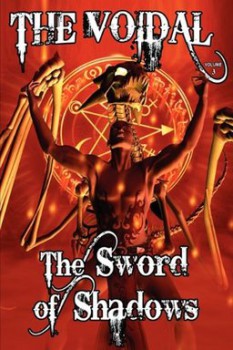SeptOberFright 4: Gene Luen Yang on His First Night Terror: The Headless Bride
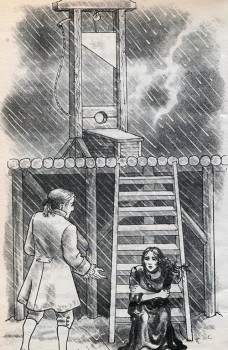
An ongoing theme that arises when I write about horror entertainment is that of tackling the perennial question: Why do we like it so much? And then there is the related question of what possible benefits horror stories might impart.
For this week’s SeptOberFright installment, I’d like to share another voice addressing that idea of horror as healthy. Gene Luen Yang writes Avatar: The Last Airbender — Smoke and Shadow for Dark Horse comics, and he contributed the June 2015 installment of “Horsepower,” the editorial that runs in Dark Horse comic books each month. I came across it in the back of Buffy the Vampire Slayer Season 10 issue 16.
Like many others who have given the question “Why horror?” any thought, Yang suggests that horror stories help prepare us for the truly scary things in life. What makes his take particularly fun is his anecdote about his own first encounter with a horror story. To read Yang’s anecdote, which comprises the first five paragraphs of the editorial, click on “Read More” below. For the complete column (in which he goes on to discuss his work with artist Gurihiru on Avatar), hunt down any June 2015 Dark Horse comic book (I’m not sure if these are archived online somewhere, but a quick Google hunt yielded no results).
